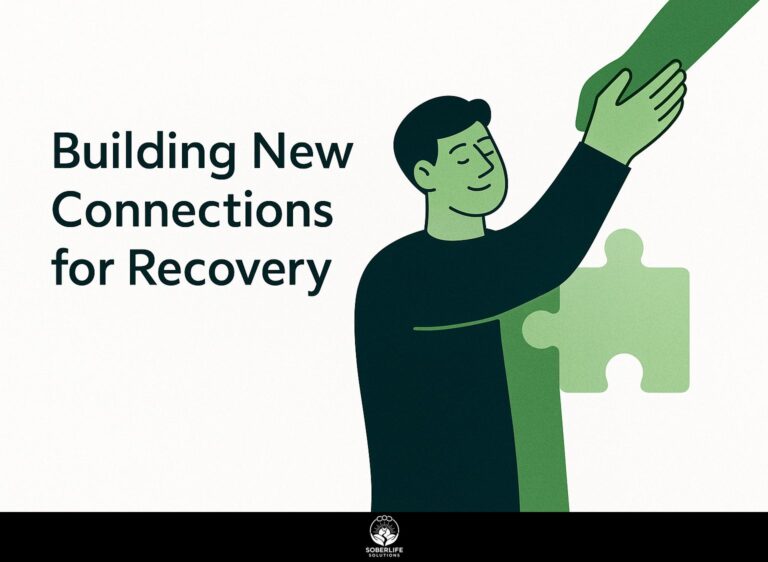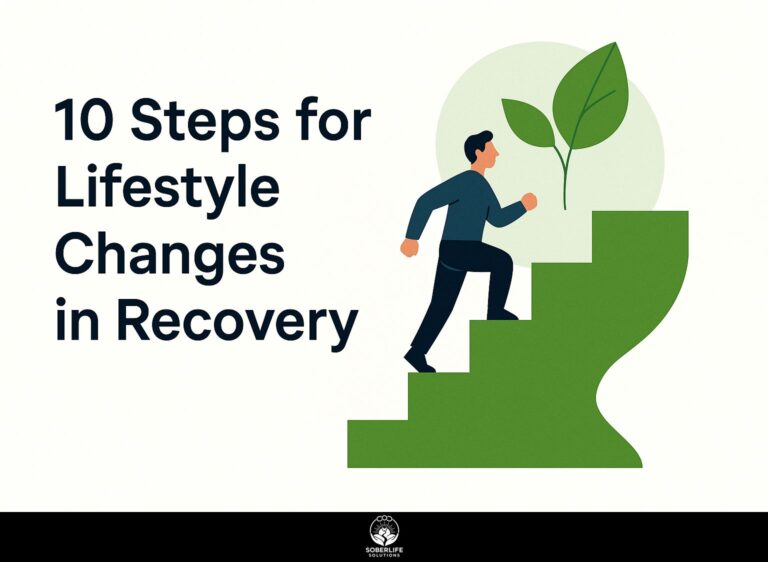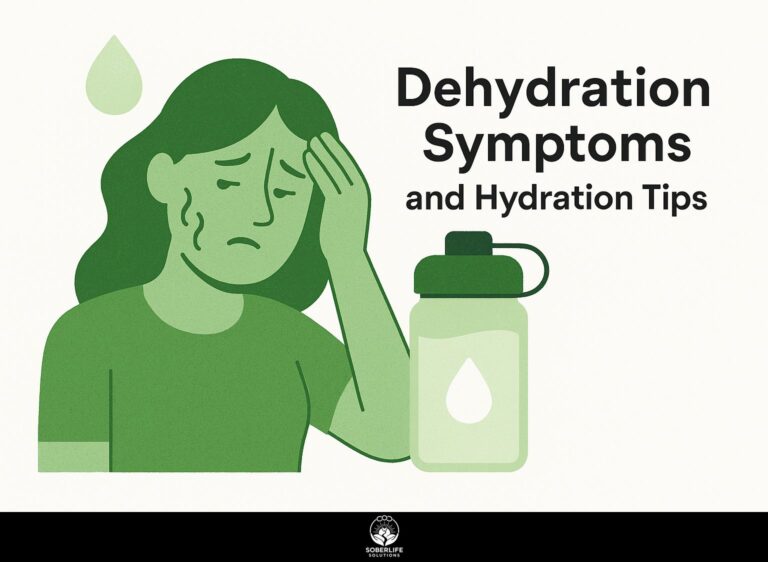Healthy Eating: Tips for Recovery and Appetite Management
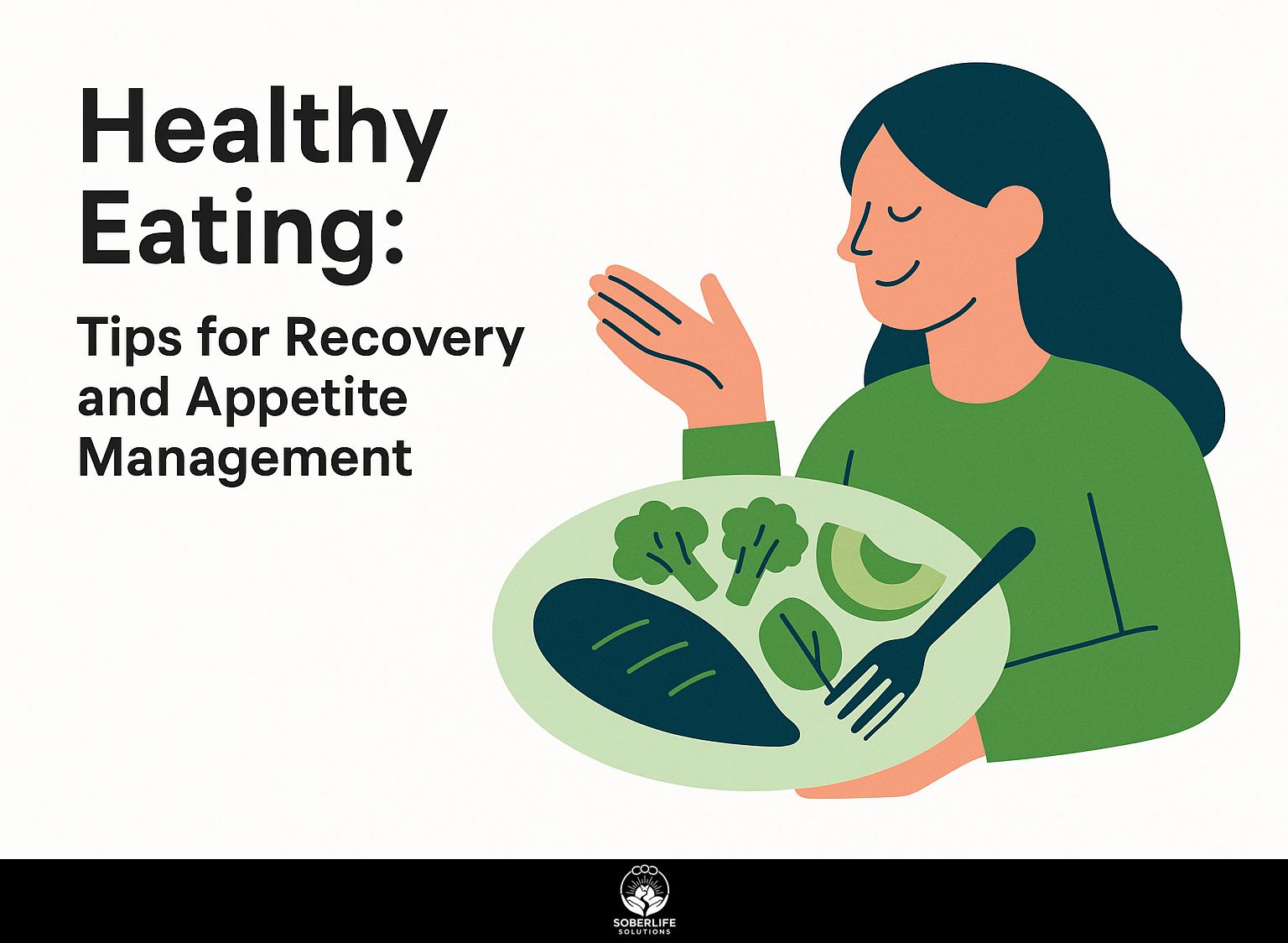
Eating well is important for improving recovery and controlling hunger. By eating a balanced diet and being aware of your energy intake, you can manage your daily calories and provide your body with the necessary nutrients. In this article, we’ll look at practical tips for making healthy meal plans, managing portion sizes, and learning how nutrition is important for recovery and general well-being. Prepare to change how you eat for long-term advantages!
Key Takeaways:
Importance of Nutrition in Recovery
Nutrition plays a critical role in recovery, with studies showing that proper dietary choices can speed healing by up to 30%.
Paying attention to certain nutrients helps you recover better. Proteins like lean meats, fish, and beans are important for fixing muscles. Carbohydrates from whole grains and fruits help restore energy.
For example, after a tough workout, eating a meal with three times as many carbohydrates as protein can help you recover. Research indicates that this nutritional strategy can reduce muscle soreness and promote faster recovery times by an average of 24 hours. According to Frontiers in Sports and Active Living, nutrition significantly influences muscle recovery, underscoring the importance of a balanced post-exercise meal.
Incorporating these foods into your post-workout meals aids in enhancing your performance and overall recovery. For those interested in optimizing their dietary choices further, learn more about the role of vitamin supplements in recovery and how they can complement your nutrition strategy.
Understanding Appetite Management
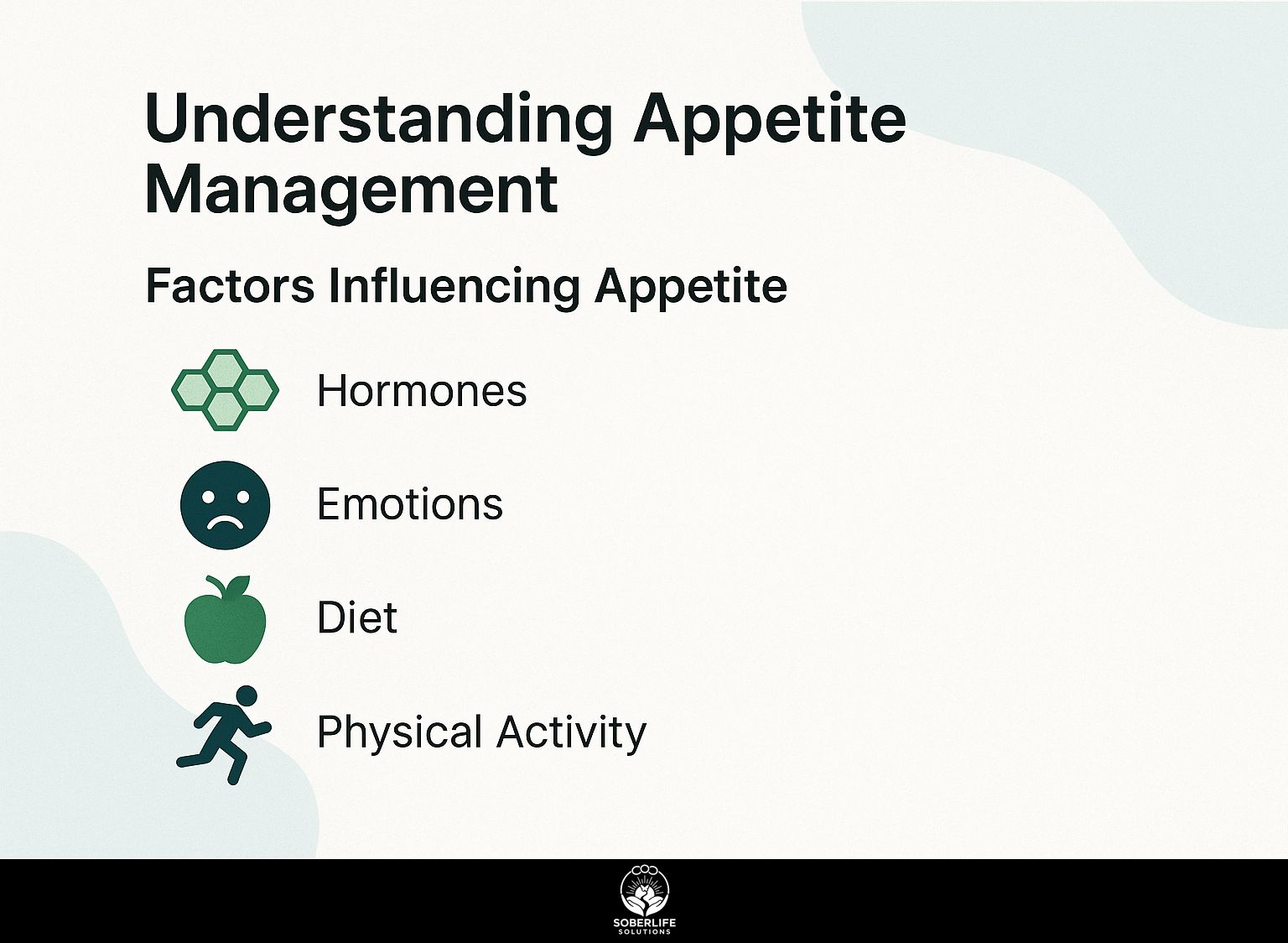
Controlling hunger is important for keeping a healthy weight and following a balanced diet, particularly when recovering. This process is often linked to managing anxiety and overall wellbeing during recovery, as explained in our guide on how to address anxiety and wellbeing in AUD recovery.
Factors Influencing Appetite
Things like stress, how much water you drink, and when you eat can greatly affect how hungry you are and your eating patterns.
Managing these factors can help regulate your appetite effectively. For example, staying hydrated by drinking a glass of water before meals can reduce the feeling of hunger, often leading to smaller portions.
Maintaining a regular meal schedule stabilizes blood sugar levels, preventing the spikes and crashes that can trigger cravings. Incorporating stress-relief techniques, such as mindfulness meditation or deep breathing, can also help reduce emotional eating.
Consider using apps like MyFitnessPal to log meals and monitor your eating patterns, promoting healthier choices. Additionally, understanding the role of hormones like leptin and ghrelin can be crucial for appetite management, as explored in a comprehensive study by ScienceDirect – a conclusion supported by extensive research.
Key Nutrients for Recovery
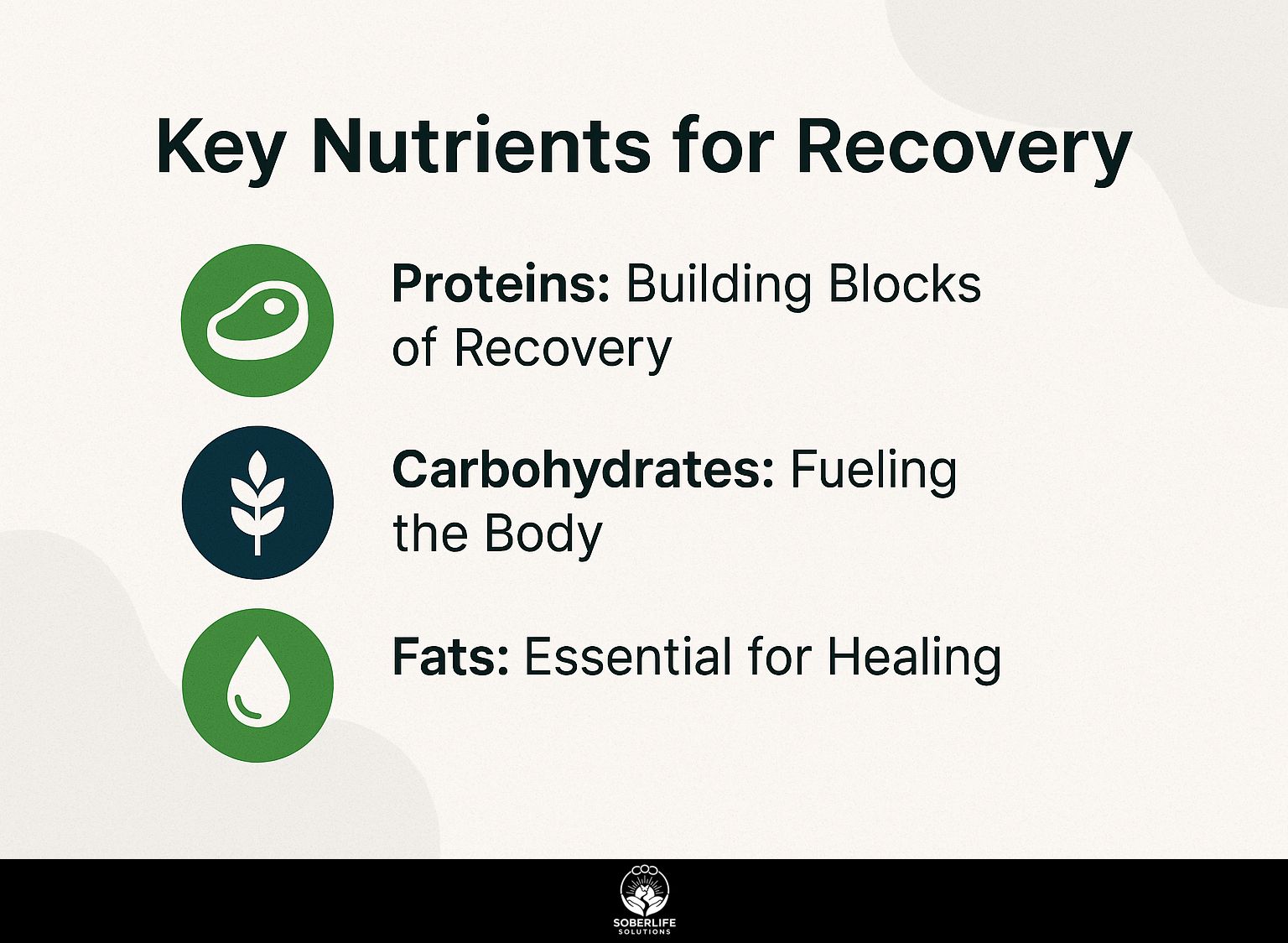
For recovery, it’s important to eat enough proteins, carbohydrates, and fats to help your body heal and regain energy. Additionally, integrating appropriate vitamin supplements can enhance this process by supporting bodily functions during recovery. For more insights, see also our comprehensive guide on Vitamin Supplements in Recovery.
Proteins: Building Blocks of Recovery
Proteins are essential for muscle repair and recovery, with recommendations suggesting 1.2 to 2.0 grams of protein per kilogram of body weight for those recovering from exertion.
Adding high-protein foods to your meals after a workout is important. Excellent sources include grilled chicken breast, which offers around 31 grams of protein per 100 grams.
For a plant-based option, consider lentils, providing about 9 grams per half-cup cooked. Timing is also critical; consuming protein within 30 minutes after your workout can maximize recovery benefits. According to a study published by Nature, proper protein supplementation can significantly enhance post-exercise recovery and muscle growth.
Eating a meal like a chicken salad with quinoa helps you recover and build muscle.
Carbohydrates: Fueling the Body
Carbohydrates provide the primary fuel for physical activity, with recommendations of 3 to 10 grams per kilogram of body weight depending on activity level.
Eating whole grains such as quinoa, brown rice, and oats gives you long-lasting energy and important nutrients.
For example, a post-workout meal might include grilled chicken with quinoa and steamed broccoli, combining protein for muscle repair with complex carbs for energy replenishment. Starchy carbohydrates such as sweet potatoes or whole grain pasta are also excellent choices.
These meals help restore glycogen levels quickly, ensuring the best recovery and performance for athletes and active people.
Fats: Essential for Healing
Healthy fats, particularly omega-3 fatty acids found in oily fish, have anti-inflammatory properties that aid in recovery.
Adding healthy fats to your diet is important for good health. Focus on sources like avocados, nuts, and olives that provide monounsaturated fats, which can lower bad cholesterol levels.
Aim for about 20-35% of your daily caloric intake from fats, which translates to roughly 44-77 grams per day for an average adult.
For omega-3s, consider eating fatty fish like salmon or mackerel at least twice a week, or add chia seeds and walnuts for plant-based options.
Avoid trans fats found in processed snacks and bakery items, as they can increase health risks.
Meal Planning Strategies
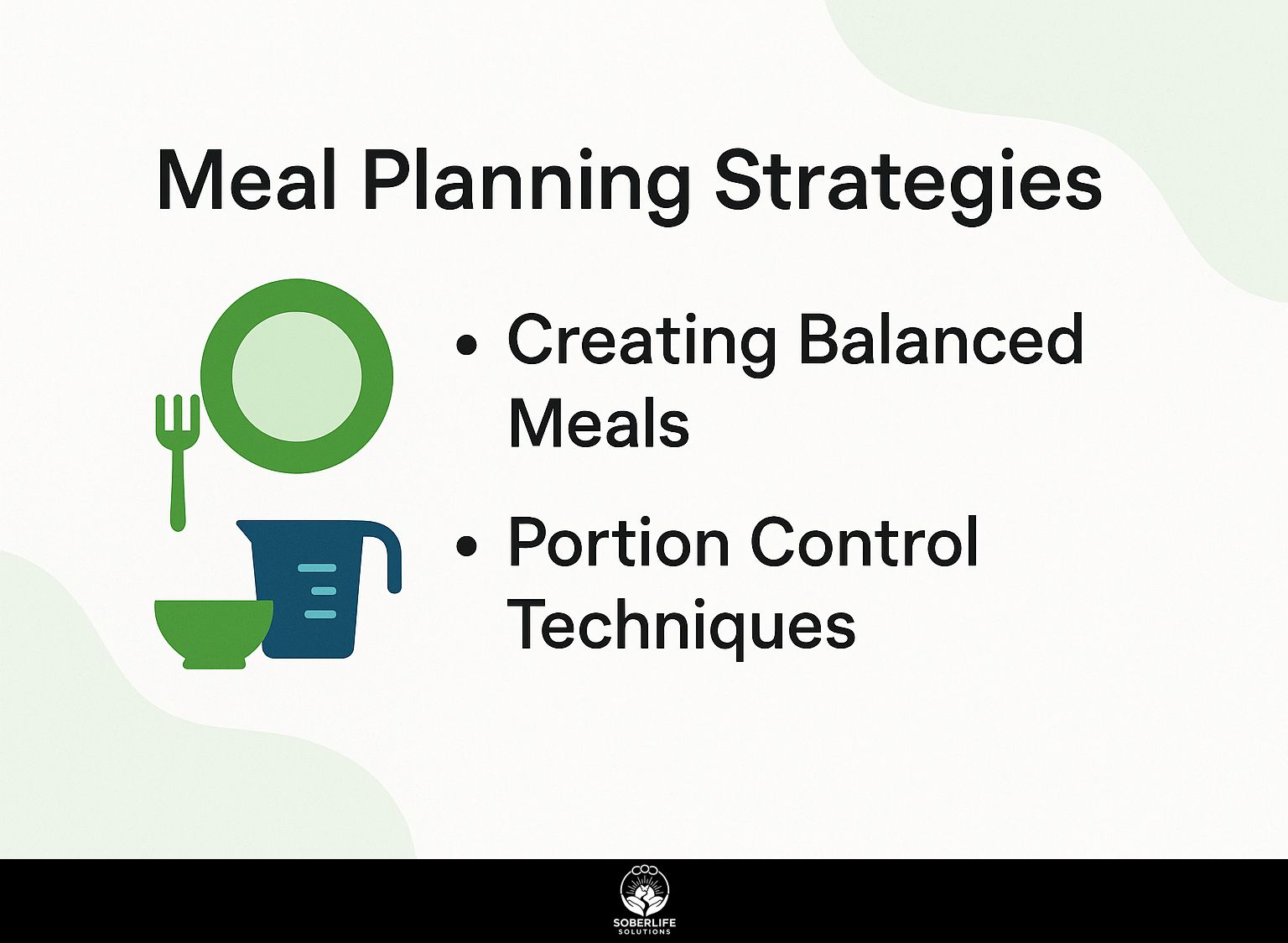
Planning meals well can make healthy eating simpler, helping you reach your nutrition targets and control portion sizes. This approach aligns with the principles outlined in our guide on switching to a clean diet, which emphasizes the importance of meal planning in achieving a healthier lifestyle.
Creating Balanced Meals
Creating balanced meals involves adding various foods from each food group to obtain a mix of nutrients and feel satisfied.
To achieve this, focus on including proteins, complex carbohydrates, healthy fats, fruits, and vegetables.
For example, a well-rounded meal could consist of grilled chicken (lean protein), quinoa (carb), avocado slices (healthy fat), steamed broccoli (vegetable), and a mixed fruit salad (fruit).
Aim for a meal plan such as:
- Day 1 – Breakfast: oatmeal with berries;
- Lunch: turkey wrap with spinach;
- Dinner: salmon, brown rice, and asparagus.
This variety promotes both nutritional balance and culinary enjoyment.
Portion Control Techniques
Implementing portion control techniques can significantly influence total calorie intake, aiding in weight management and recovery.
To effectively manage portions, consider these actionable strategies:
- Use smaller plates to create the illusion of more food.
- Measure serving sizes with tools like a food scale or measuring cups.
- Familiarize yourself with nutrition labels to understand portion sizes better.
For instance, a serving of pasta is typically one cup, while a snack serving of nuts is around a handful. Research shows that people often consume 20-30% more when using larger plates, highlighting the impact of visual cues on eating behaviors.
Hydration and Its Role
Drinking enough water is important during recovery because it helps with digestion, moving nutrients, and overall bodily functions.
Adults are generally recommended to consume 2-3 liters of water daily, but this amount can increase with physical activity.
To monitor your fluid intake effectively, consider using a hydration app like MyFitnessPal or WaterMinder, which can remind you to drink throughout the day. Eating water-rich foods like cucumbers, oranges, and watermelon can help you stay hydrated.
If you are working out, try to drink an additional 1-2 cups of water for each hour of exercise to replace lost fluids and help your body recover properly.
Mindful Eating Practices
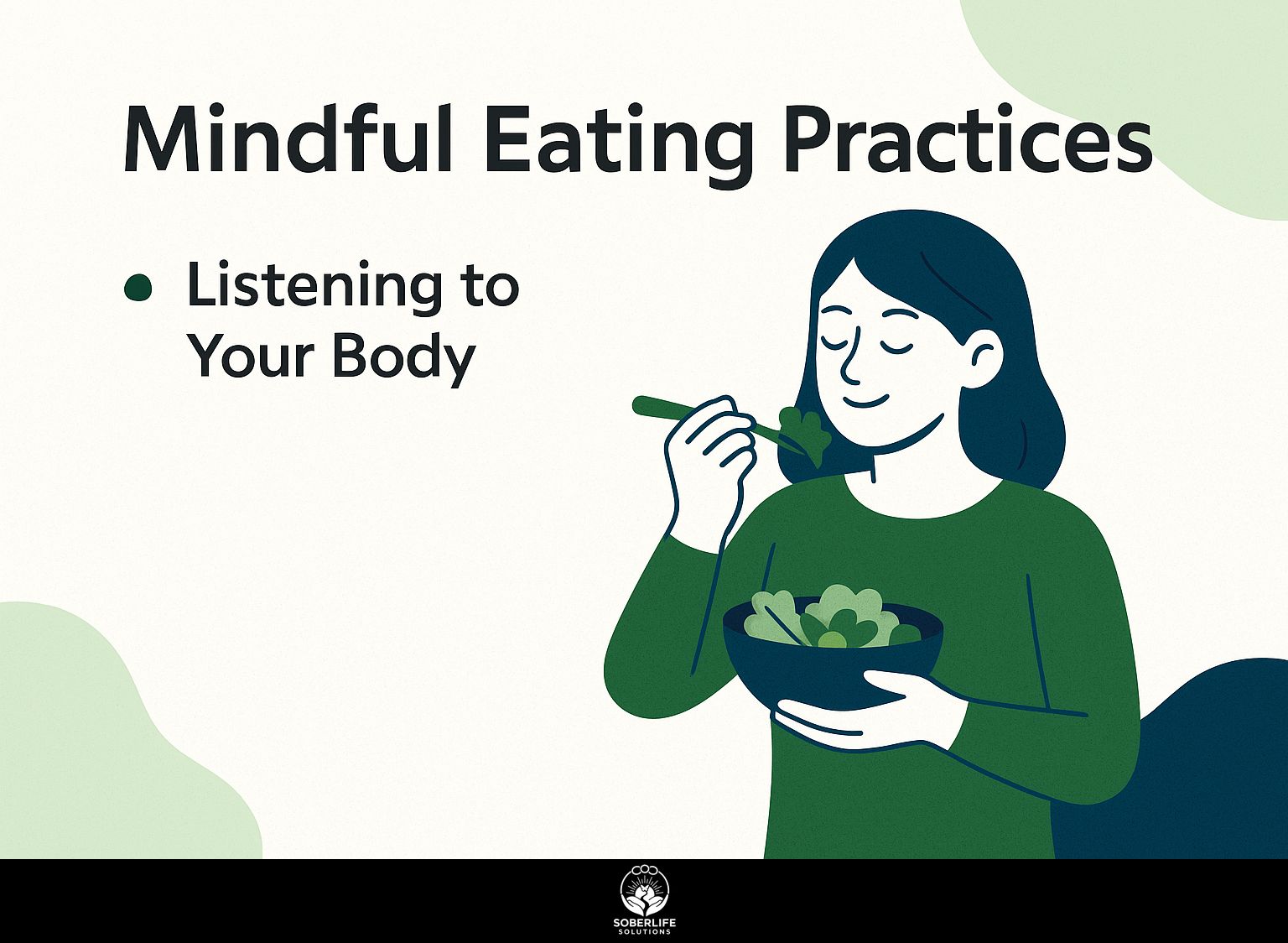
Being mindful while eating can greatly improve how you feel about food and lead to better nutrition decisions. If you’re interested in understanding how dietary choices influence emotional well-being, you might want to explore how clean eating affects mood.
Listening to Your Body
Paying attention to when you’re hungry or full is an important part of mindful eating, which encourages better eating habits.
To practice body awareness, start by pausing before meals to assess your hunger levels on a scale from 1 to 10. This helps you distinguish between emotional and physical hunger.
During meals, take breaks to check in with yourself; ask if you’re still hungry or content. Consider keeping a food journal where you note the feelings experienced before, during, and after eating.
This reflective practice helps you understand your relationship with food better and promotes mindful choices.
Frequently Asked Questions
What are some tips for incorporating healthy eating into a recovery plan?
Some tips for incorporating healthy eating into a recovery plan include meal planning, choosing nutrient-dense foods, and being mindful of portion sizes.
How can I manage my appetite while recovering from an illness or injury?
To manage your appetite during recovery, try eating small, frequent meals throughout the day, staying hydrated, and including protein and healthy fats in your meals.
Is it important to maintain a balanced diet while recovering?
Yes, keeping a balanced diet is important for recovery because it gives your body the nutrients and energy needed to heal and grow.
What are some easy ways to add more fruits and vegetables to my diet?
You can add more fruits and vegetables to your diet by incorporating them into smoothies, salads, and soups, or by snacking on them throughout the day.
Are there any specific foods that can aid in the recovery process?
Foods that are high in protein, healthy fats, and antioxidants, such as lean meats, fish, avocados, and berries, can help aid in the recovery process.
How can I stay motivated to continue eating healthy during my recovery?
To stay motivated, focus on the benefits of healthy eating, set achievable goals, and find support from friends, family, or a healthcare professional.


